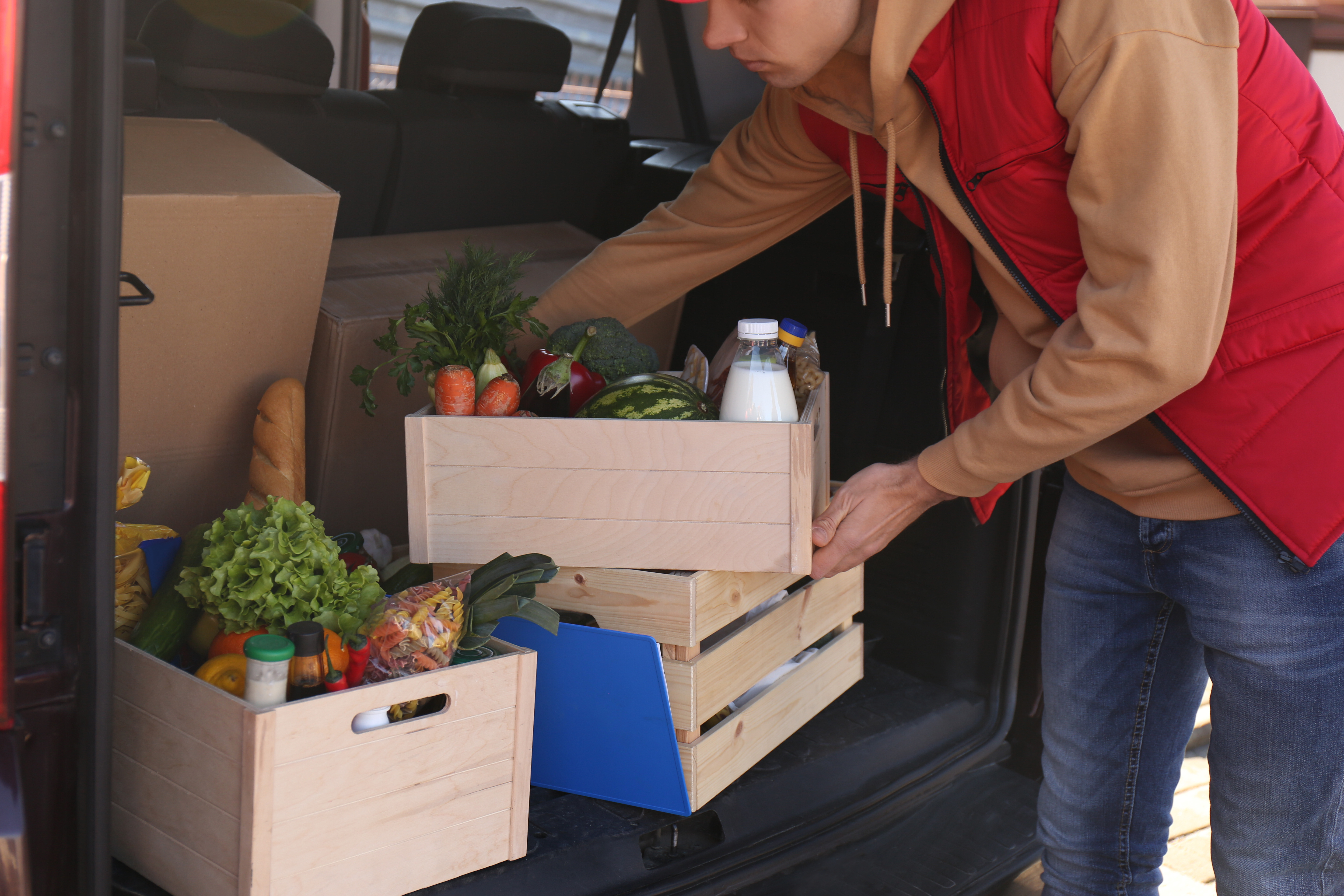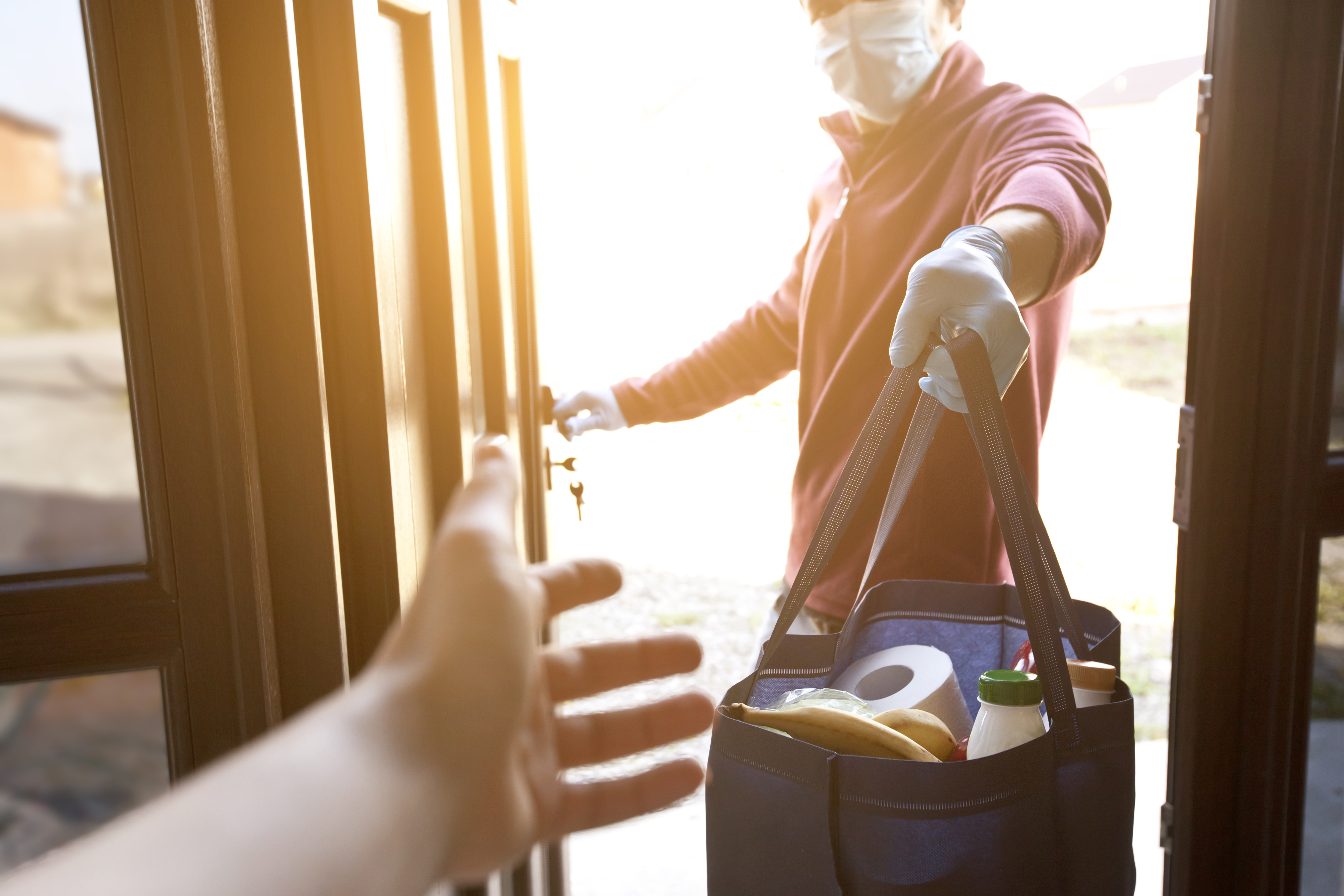



Rural Americans and food workers are going hungry despite US government farm aid
The United States reports higher levels of hunger and food insecurity as the COVID-19 pandemic and its economic fallout hammer US families.An extended report from Reuters has tracked the experiences of farmers, food workers and rural Americans during the COVID-19 crisis. Spring’s earlier economic shock is becoming a more long-term reality.
The view from Wisconsin
Yessenia Cendejas pulled up to a moving truck filled with donated food in northeastern Wisconsin, arriving at the mobile food bank straight from her job at a pizza-crust factory, to get sustenance for herself and five children.
Cendejas, 35, took a second job at a fast-food restaurant in Green Bay - whose county has Wisconsin's highest number of COVID-19 cases per capita - after her factory employer reduced her hours, but says her income is now half of what it was.
"There were times we couldn't work, so it was tough," she said. "I'm more stressed out. You start thinking, 'What do I do?'"
As hunger rises in America, the Trump administration's response to the COVID-19 pandemic and its economic fallout is under scrutiny ahead of the 3 November election that could be decided by hotly contested Midwestern states like Wisconsin.


US President Donald Trump has funnelled a record amount of aid to the agricultural sector, the majority going to big farms over food workers or small-scale farmers. Cendejas has already voted - for Trump's Democratic challenger, Joe Biden.
Just 15 miles (24 km) from where she picked up her food, a large-scale corn and soybean farmer received $1 million in coronavirus aid from the US Department of Agriculture (USDA), the largest amount in the state, federal data shows.
Crusaders of Justicia, the Manitowoc, Wisconsin-based food relief organisation that served Cendejas, has gone from serving 125 families a year to more than 3,000 in 2020.
Meanwhile, more than 54 million people in the United States could struggle to afford food during the pandemic, with the biggest increases in food insecurity in North Dakota, Minnesota and Wisconsin, according to Feeding America, a network of 60,000 US food shelters.
More people who harvest food, work in food processing and even own their own farms now need food assistance, according to dozens of food bank workers nationwide.
"A lot of these farmers have just had so much pride that they never thought about taking that trip to a local food pantry," said Melissa Larson, who manages food programmes for seven counties in northwestern Wisconsin.
The Trump administration has paid farmers nearly $18 billion in direct payments since June through its Coronavirus Food Assistance Programme (CFAP), but nearly 92 percent of farmers in Wisconsin received less aid than it costs to run an average dairy in the state for a month, according to a Reuters analysis of federal USDA data.
Biden leads Trump by a margin of 53 percent to 44 percent in Wisconsin, a Reuters/Ipsos opinion poll showed on Monday 26 October. Trump won the state in 2016.
Visitors to US rural food banks declined in June, likely due to federal aid such as stimulus payments to all Americans, expanded federal unemployment benefits for laid-off workers and the Small Business Administration’s Paycheck Protection Programme.


By mid-August, aid ran dry and families again faced empty cupboards as COVID-19 cases increased in the Midwest. Rising crop and livestock prices bled into grocery stores. The cost of bread jumped nearly 20 percent in June, while meat increased 17 percent, according to market research firm Nielsen.
The limits of federal aid
Much of the federal aid to farmers, however, is not reaching many agricultural workers, as the programme does not stipulate protection for farm employees, said Diana Tellefson-Torres, executive director of the UFW Foundation, a farm worker advocacy arm of the United Farm Workers Union.
Secretary of Agriculture Sonny Perdue said CFAP is meant to keep food on Americans' tables and the programme is limited to $250,000 per farm owner.
"Larger farmers in the United States produce 80 percent of the food. That’s why the money goes there," added Perdue, who spoke while visiting a dairy farm in Cedar Grove, Wisconsin, in October.
The Trump administration and US lawmakers have been unable to agree on additional stimulus. The agriculture department has distributed 9.5 million food boxes since June under a programme meant to funnel food quickly to those who need it, but food pantry workers say it will not be enough.
Making ends meet
Weekly survey data from the US Census Bureau and an annual study by the US Department of Agriculture show that hunger is rising, particularly in rural states, after a decade of decline. By late September, Vermont, West Virginia and North Dakota topped the Bureau's list, with a more than 50 percent increase in respondents saying they lacked enough to eat.
"The underlying issues that always made rural hunger a problem have been exacerbated with COVID," said Tracy Fox, president of Food, Nutrition & Policy Consultants LLC, an advocacy and policy research organisation, citing transportation, families taking in relatives and lack of affordable housing.
Austin Wall, co-owner of L & W Farms, received just $10 from the first round of the USDA's direct payments, the smallest amount in the state. Wall, 24, farms more than 200 acres of corn, soybeans, alfalfa, hay and apples in northeastern Wisconsin's Shawano county.
"That didn’t make a whole lot of sense to me," said Wall, who estimates selling 25-30 percent fewer apples to local schools and restaurants during the pandemic. After voting for Trump in 2016, Wall said he is undecided in this election.
The farm received $6,600 in the second round of CFAP payments which started on 21 September. The aid will cover expenses for a few months, but Wall said he is facing more losses as winter farmers' markets, normally held indoors, close.
"That’s going to hurt us a good amount. I’m not sure what we're going to do," he said.
Read more about this story here.









